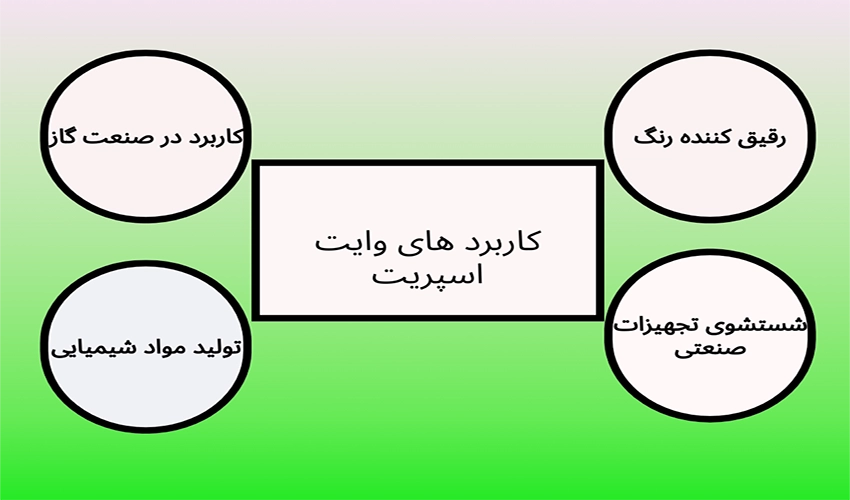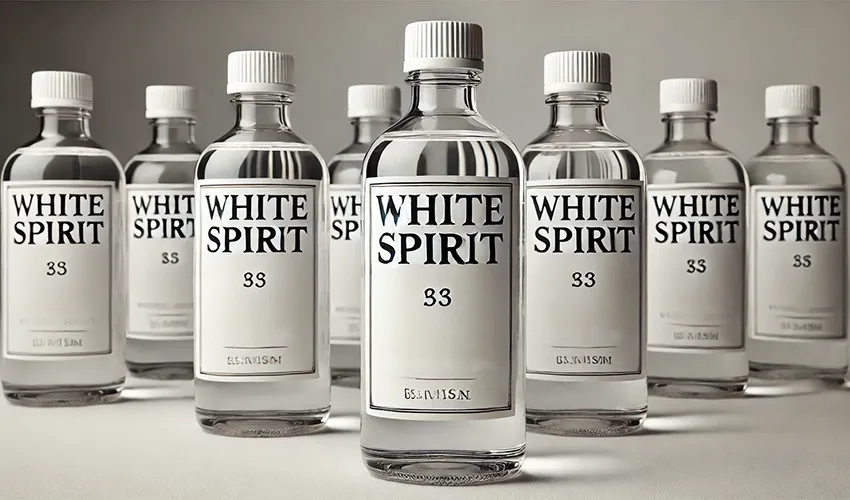Introduction: The Gift of the Oil Industry
White spirit is a gift from the oil industry to various other industries, but its applications are not limited to industrial use alone. It is even used in the art of painting. Despite its many benefits, white spirit also poses risks to human health and the environment. As responsible members of society, if we deal with white spirit, we must fully understand it and be aware of the safety precautions associated with this product. In this article, we will provide a comprehensive review of white spirit.
Introduction to White Spirit and Its Components
White spirit is an organic solvent based on kerosene. As its name suggests, it has the ability to dissolve organic substances such as oils, fats, and resins. This organic solvent is a petroleum product obtained from the distillation of crude oil and consists of a mixture of aliphatic and aromatic hydrocarbons.
The aliphatic hydrocarbons, which make up the main part of white spirit, are divided into three categories: alkanes, alkenes, and alkynes. Due to their simple structure, these hydrocarbons are highly effective in dissolving greasy and oily substances, forming the primary function of this product in industrial applications.
In addition to aliphatic hydrocarbons, aromatic hydrocarbons are also present in white spirit, which include benzene-based compounds. These compounds, due to their ring structure and alternating double bonds, have high solvency power and can play a role in dissolving more complex materials and adhesives. The presence of these aromatic compounds makes this substance a versatile and powerful solvent used in various industries such as paint production, printing, and cleaning industrial tools.
With a specific combination of these two groups of hydrocarbons, white spirit is one of the most widely used and versatile solvents on the market, employed for thinning paints and resins as well as cleaning surfaces and tools. Its characteristics have made it a vital substance in many industries.
Types of White Spirit
Based on the production process, white spirit is classified into four types:
- Type 0: In this type, white spirit is obtained from crude oil distillation and remains without any special processing. This type contains a high percentage of aromatic compounds, which results in a strong odor.
- Type 1: In this type, white spirit obtained from crude oil distillation undergoes a hydrodesulfurization process, which removes sulfur. Type 1 does not undergo further processing, but due to the desulfurization, it is considered a higher-quality solvent.
- Type 2: After crude oil distillation, the substance undergoes a solvent extraction process, which significantly reduces the amount of aromatic compounds. As a result, Type 2 white spirit has a milder odor and is used for more critical and sensitive applications.
- Type 3: Type 3 is the highest-quality version and is used in more sensitive applications. This type of white spirit is produced through the hydrogenation process. Hydrogenation involves adding hydrogen to the solvent, which further removes aromatic compounds and increases its chemical stability.
Applications of White Spirit

- Thinning oil-based paints: This substance is commonly used as a solvent for thinning oil-based paints. By reducing the viscosity of the paint, it allows for easier and more even application on various surfaces such as walls, metals, and wood. This feature ensures an improved final quality of the coating and prevents the formation of stains or lines on the surface.
- Use in the gas industry: Due to its high ability to dissolve fats and oils, this hydrocarbon solvent is used in the gas industry for cleaning grease-laden tanks and containers. It helps clean and remove oily deposits from industrial equipment, which improves performance and extends the lifespan of this equipment.
- Cleaning industrial equipment: White spirit is widely used in various industries for cleaning and washing industrial equipment. Its ability to dissolve fats and greases makes it an effective industrial cleaner.
- Production of chemicals: White spirit is used as a solvent in the production of chemicals such as adhesives and resins. Due to its high ability to dissolve chemical compounds, it plays an important role in the production process of many chemical products.
- Household uses: The household uses of this product include degreasing, removing adhesives, use in artistic activities, and application in the production of products such as insecticides.
Health Hazards of White Spirit

- Coughing, throat irritation, and respiratory problems when inhaling its vapors.
- Neurological disorders such as poor concentration, extreme fatigue, and cognitive impairment.
- Poisoning, nausea, vomiting, and damage to the digestive system if ingested.
- Carcinogenicity due to the presence of aromatic compounds in this substance.
- Skin sensitivity and dermatitis in individuals who come into contact with it.
Conclusion
In conclusion, understanding the properties and applications of chemicals, especially substances like white spirit that play a significant role in both industrial and household uses, is essential. Safe and effective use of these materials is only possible when we are well aware of their characteristics, hazards, and safety precautions. By adhering to these principles, we can benefit from the numerous advantages of such substances while protecting our health and the environment.

